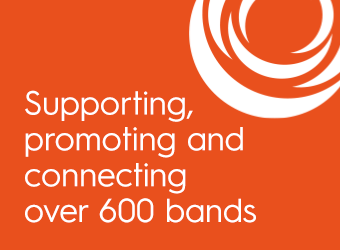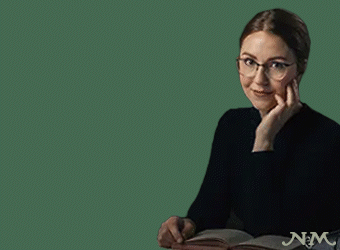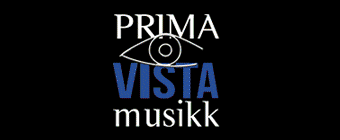A new charity aimed at providing the opportunity for children and youngster who are either blind or visually impaired to be able to learn to play brass and woodwind instrument has been looking back on a successful year following its launch in February 2019.
Provide opportunity
Lead trustee of the 'Yes I Can!' charity Tony Rodwell told 4BR: "We want to provide the opportunity to people to enjoy all the emotions which music provides, and at the same time open up a new skill set which could be used socially or professionally."
Tony first learned about the lack of opportunity for people with visual impairments during a conversation with his life-long friend, Chris Waters, a former winner of the Classic fM UK Peripatetic Music Teacher of the Year award.
Few chances
In England alone in 2017, there were over 26,000 children and young people supported by local authorities due to their visual impairment. However, Tony found that very few were able to access main-stream instrument lessons, with those that are lucky enough using services that are increasingly under financial pressures.
Tony and Chris joined forces to launch 'Yes I Can!' early last year and it's been a huge success.
Challenges overcome
Tony added: "I felt that with Chris's passion for teaching combined with my experience we could create an organisation which would fill the current void.
There were many challenges to overcome of course, but our persistence brought us to the attention of Lord David Blunkett who helped us enormously."
Yes I Can! is now partnered with the Blatchington Court Trust, an independent charity established in 1995 working to promote and support the needs of blind and partially sighted people under the age of 30 who live in Sussex, as well as 4Sight Vision.
Chris has already attended their centre in Bognor Regis to provide blind and visually impaired children, young people and adults of any age the opportunity to try woodwind and brass instruments with a view to learning them.
The only difference in teaching blind or visually-impaired children to play brass or woodwind instruments is that the notation input is of course not read but listened toTony Rodwell
Teaching method
He added: "The only difference in teaching blind or visually-impaired children to play brass or woodwind instruments is that the notation input is of course not read but listened to."
With that in mind Chris came up with a new teaching method called 'Learn Music by Ear' facility.
"For each piece of music", he said, "we specify and record individual note names/length verbally along with the associated pitched note, bar by bar, varying between one and four bars at a time. We've devised three levels of performance; Easy, Intermediate and Advanced and these will enable pieces of music to be chosen from our lists.
Each piece of music has an associated backing track, enabling musicians to learn with the track and perform with it too, benefiting hugely from learning new pieces and progressing.
If we're successful with funding, the 'Learn Music By Ear' mp3's and backing track mp3's will be on our current website and be downloaded free of charge".
Further information
To find out more about the charity go to: www.yesicancharity.org



















